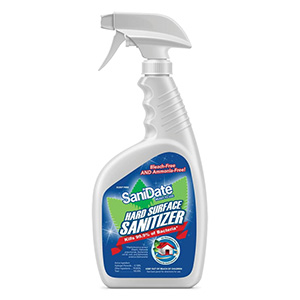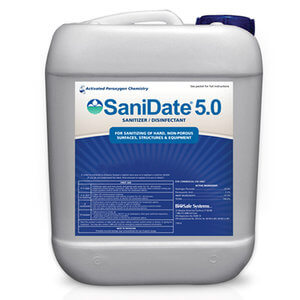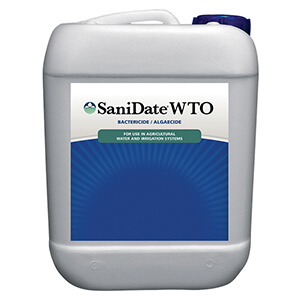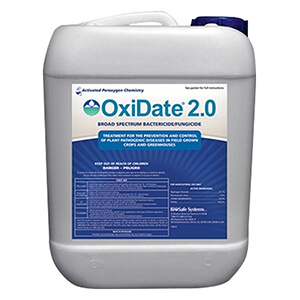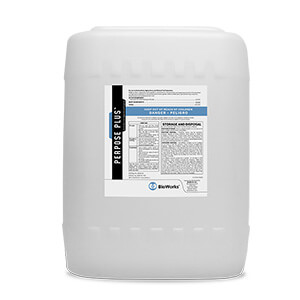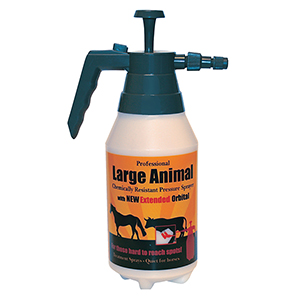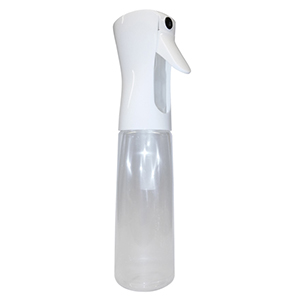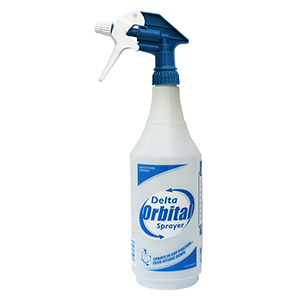Cultural Controls & Sanitation
Maintain The Surrounding Environment Like You Would The Growing Area
Cultural controls should be taken regardless of thresholds being crossed or not. Crop rotation is a common form of cultural control and is effective when dealing with pests that attack annual or biennial crops, have a narrow host range, cannot move easily from field to field and are present before planting. Intercropping increases biodiversity and is another common way to culturally control pest populations. One form of this is trap cropping where a plant species known to attract certain pests is planted near a valuable crop material to direct pests towards the "trap crop" and away from the valued plants.
Sanitation is imperative to a successful integrated pest management program in indoor, outdoor, or greenhouse settings. This can include thoroughly cleaning the surfaces and soil mediums in a greenhouse or indoor area, but also involve activities such as removing crop debris (dropped fruit or leaves and pruned wood) to reduce overwintering populations in outdoor areas.
While maintaining a "clean" growing environment throughout the growing cycle is imperative and helps reduce pest incursions, there will inevitably be a time when control measures must be taken. Always look for a Biological Control before escalating to chemical controls as they help maintain native Beneficial Insect populations and are usually derived from natural ingredient sources.
-
$7.99
$4.00 -
$39.99
-
$230.00–$300.00
-
$1,080.00
-
$230.00–$340.00
-
$150.00–$420.00
-
-
-

